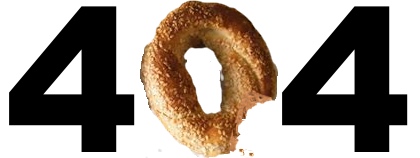
Désolé, cette catégorie est inexistante ou déménagée.
Nous avons fait le ménage récemment et certaines catégories ont été déplacées ou éliminées. Veuillez retourner sur la page d'accueil de toutMontreal.com. Merci.

Désolé, cette catégorie est inexistante ou déménagée.
Nous avons fait le ménage récemment et certaines catégories ont été déplacées ou éliminées. Veuillez retourner sur la page d'accueil de toutMontreal.com. Merci.